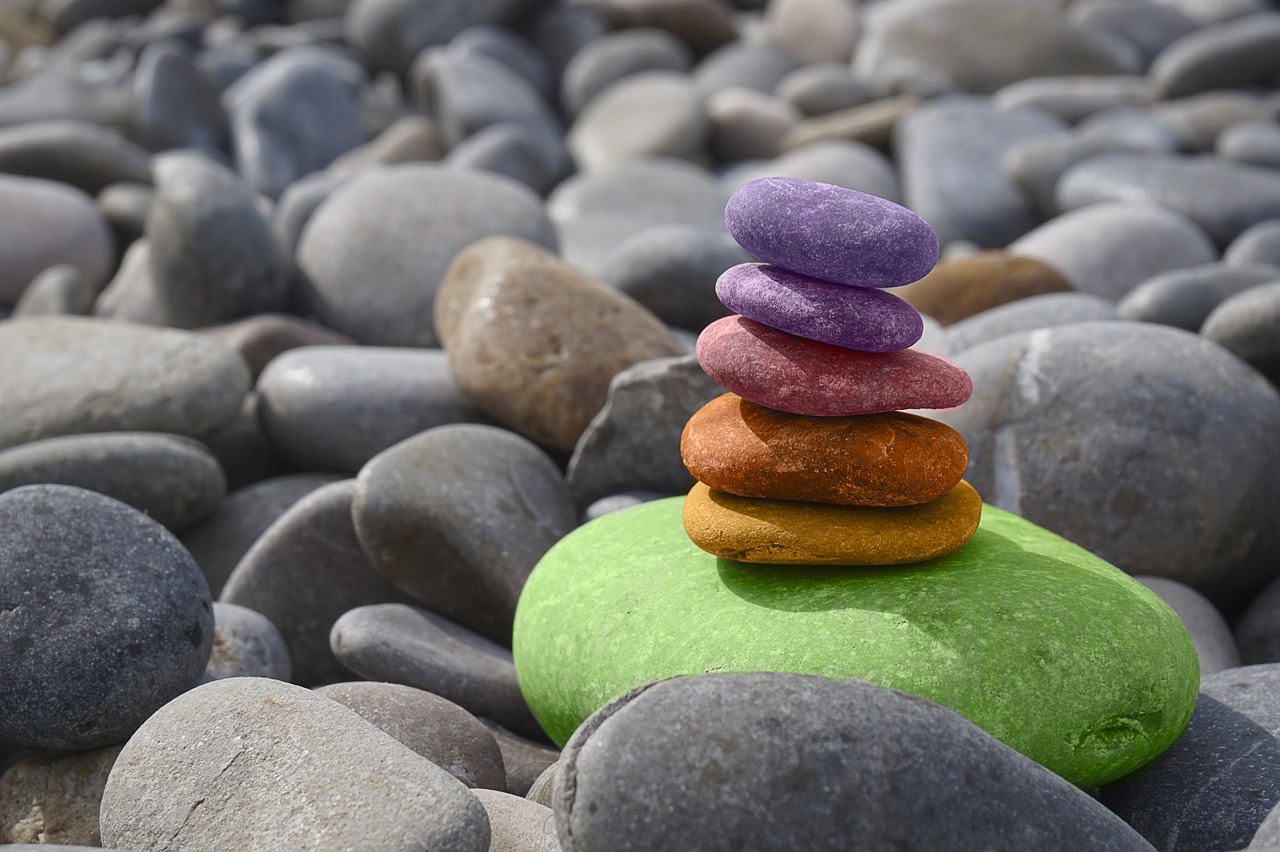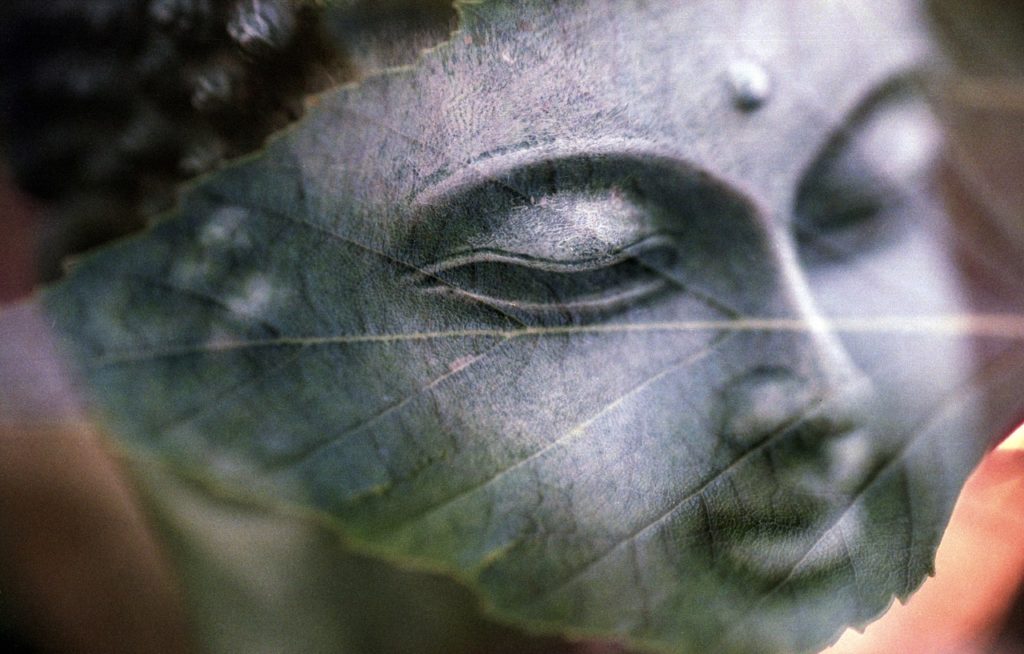The Sixth Limb of Yoga: Dharana

Our last few blog posts have been about the Eight Limbs of Yoga, which are spiritual practices for well-being that help us live more fulfilled lives. The Eight Limbs of Yoga explain how yoga is much more than just a physical practice, but a lifestyle that also enhances mental wellbeing.
Dharana is the sixth limb of Yoga, which often gets confused with meditation. But Dharana explains the concentration and preparation it takes to enter into a meditative state. Dharana is translated from Sanskrit to “holding steady”, which means to go deeply within through single-pointed focus, and to calm the thoughts and activity of the mind.
Dharana isn’t just a one-time event, because bringing the mind back to single-pointed awareness is a practice. For instance, when we meditate using a mantra (which means “mind-instrument” in Sanskrit— a tool to pull us away from our thoughts), our minds still stray to thoughts, noises and other distractions. Dharana is the act of bringing the mind back to focusing on the mantra, away from any distraction.
The modern day lifestyle is all about multitasking. Drivers are talking and texting. Workers are answering emails while taking phone calls, organizing their schedules and having dinner with family and friends.
It’s not that we’re being rude, but that the chaos we endure each day seems to demand we pay attention to myriad things all at once. And in order to keep up, we feel compelled to do more and more. And this is when practicing Dharana is more important than ever.
The reality is that true connection with the Higher Self — which is our true identity — will never be found in doing more. Instead, we attain a greater understanding of ourselves through simply being, rather than getting consumed by the daily hustle of our schedules. And the better connected we are to our higher selves, the more joy and fulfillment we experience.
Now, beginning to practice Dharana by doing less is easier said than done. It sounds ironic, but creating more space and time to simply “be” in our lives takes discipline and planning, much like any other goal or practice does.
But when we make time for such practices that improve our well-being, the rewards cannot be understated. Finding ways to become grounded in the present and have present moment awareness help us fully experience the state of being— which evidently, not many of us get the chance to do today.
3 Ways You Can Begin Practicing Dharana Today

1. Adopt an Asana Practice
One way to begin practicing Dharana is to set aside time each day for an asana practice. Asanas, or yoga poses, help us create greater single-pointed awareness and focus by practicing and holding various postures, while focusing on our breath.
Therefore, when we regularly practice yoga poses, we are using the stillness and breath control involved with each posture to help us cultivate a better seat, or foundation, for Consciousness to arise within us.
By having a better foundation within the body, we’re primed for broader, more open perspectives, deeper connections to the present and a better quality of life.
2. Use Pranayama Breathing Techniques
Another way to invite more focus into our lives is by practicing pranayama, or breathing techniques. We can do this during an asana practice, or use breathing techniques on their own. Both methods are effective for promoting stillness in the mind.
Pranayama breathing techniques — such as Ujjayi breathing — are very calming to the body and mind, which can help us focus our attention in the present moment even in the most stressful situations.
Closing our eyes and focusing on our breathing (perhaps while imagining its flow through the nostrils as we inhale and exhale) is said to be able to calm our entire being with only one breath. This is why practicing breathing techniques can be so powerful and transformational.
3. Meditation
Now, Dharana is the practice that prepares us to enter a meditative state by calming our thoughts and bringing our attention to the present moment. But meditation also provides us with an opportunity to cultivate focus in our lives— which is why meditation itself encompasses the practice of Dharana.
Using a meditation mantra is helpful for quieting the mind, such as the mantra “So Hum”. By simply repeating the words “So Hum” in tune with the breath, we can instantly help quiet the turbulence in our minds and connect to the stillness between our thoughts. It is in this state of consciousness that we begin to connect to our higher selves.
When using a mantra like “So Hum”, all you have to do is repeat each word as you inhale and exhale. For example, saying “So” as you inhale and “Hum” as you exhale. If you give this a try, you’ll begin to notice a deeper sense of calm and relaxation. And during this practice, we’ll begin to experience Dharana.
If your mind strays from a mantra during meditation, all you have to do to bring your mind back to focus is to turn your attention towards your breath again. Like any practice, the So Hum meditation is most effective when it’s practiced regularly. It’s recommended to complete 30 minutes of the So Hum practice each day to experience a deeper sense of tranquility and awareness.

There are other simply ways we can practice Dharana throughout the day. For example, we can take a technology break and turn off our social media notifications. We can spend time in nature and leave our phones at home. Taking a long walk, feeling the breeze of the wind on our skin and smelling the scent of flowers and breathing in oxygen from trees are simple ways for us to become more focused and centered.
We are all Divine Beings, and the ultimate goal for practicing the Eight Limbs of Yoga is to help us rediscover this beautiful aspect of ourselves— an aspect that’s all too easy to forget when we’re consumed with chaotic routines.
By practicing Dharana, the calming of our minds, we can be more discerning about how we’re living our lives and step back from the busy routines that we follow unconsciously, which invites new ways of living into our lives. This is when we can begin to fully understand who we really are.
